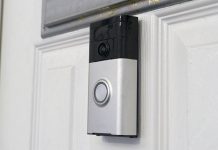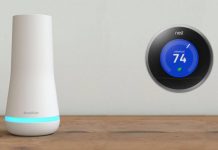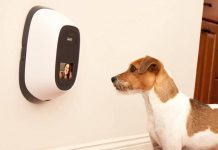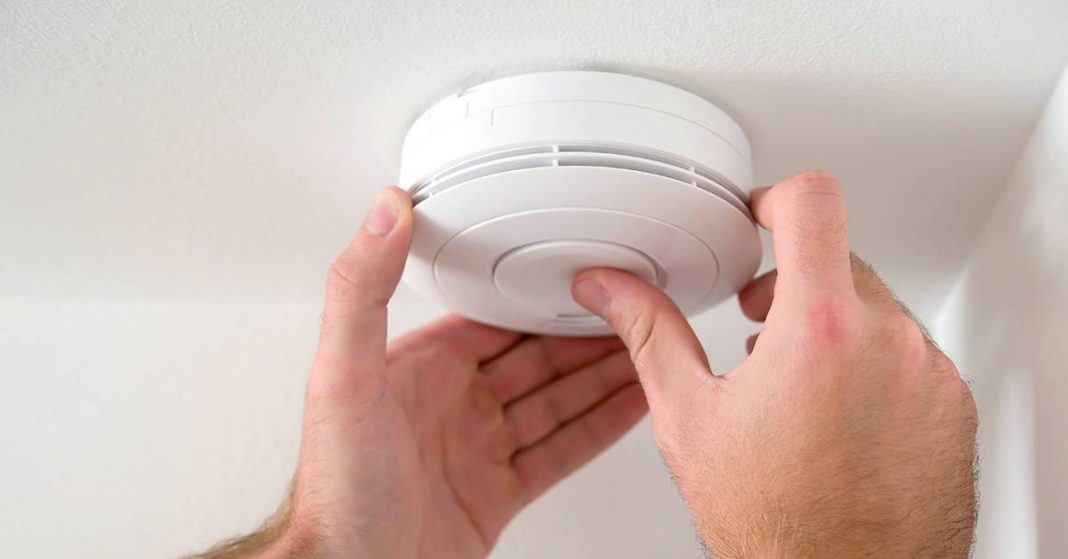UPDATED SEPTEMBER 1, 2021 This piece has been updated to reflect the emergence of new technology


Christian Mathews Security Writer
What causes carbon monoxide build up in a building? There can be multiple sources in both residential and commercial property types. Water heaters, clothes dryers, furnaces, fireplaces, and even motor vehicles can produce carbon monoxide. It is almost impossible for humans to detect carbon monoxide gas. The only way to prevent the danger it poses is by having a functioning carbon monoxide detector installed in your property. Where is the best place to install it though?
In this article we will address this question as well as all the information about a carbon monoxide detector you need to ensure safety.
1. Where to Place a Carbon Monoxide Detector?
Carbon monoxide is a gas that is lighter than air, mostly found in warm rising air. Best practice would dictate placing a carbon monoxide detector at least 5 feet off the ground.
Some things to consider when placing your carbon monoxide detector:
Make sure that you install it near your bedroom and ideally all bedrooms so that the alarm can easily be heard, and you are immediately notified. This will give you the opportunity to then quickly open the windows or exit your home to avoid carbon monoxide poisoning.
If you have a home with multiple levels, make sure that each level has a carbon monoxide detector. This is recommended as carbon monoxide could have multiple sources. This differs slightly from where to install smoke detectors.
Great places to install a Carbon monoxide Detector include:
Garage
Cars release Carbon monoxide when the engine is running that can easily fill up a garage if left on too long. This Carbon monoxide could then travel through the vents to the rest of the house.
As required by Law
For states such as California, the installation of carbon monoxide detectors is mandatory for residential homes. A House must be equipped with one detector per floor.
Some states have very little requirements, but even if it is nor required by law, it might still be a life saving decision to have a Carbon monoxide detector installed.
2. How Many Carbon Monoxide Detectors Do I Need?
If you have a multiple-story house it is crucial to have a sensor on each level, including the attic and the basement. You should also install a carbon monoxide detector in your garage.
If you live in a house that uses a furnace, whether propane or a conventional type, it is ideal to have a carbon monoxide detector in each room for utmost protection. The carbon monoxide in the furnace system can easily seep through the rest of the house posing great risk to the inhabitants.
Best practices dictate that carbon monoxide detectors be installed as least 5 feet away from furnaces, fireplaces or water heaters.
It might be a good idea to get a portable handheld Carbon monoxide detector as well. This will definitely give you an absolute piece of mind.
3. How does Carbon Monoxide Detectors Work?
A Carbon monoxide detector works similar to a smoke detector in that a piercing alarm sounds when a significant amount of carbon monoxide is detected.
Carbon monoxide detectors can differ in terms of their sensors. The different types are:
Electrochemical sensor
Metal oxide sensor
Biomimetic sensor
Carbon monoxide detectors are extremely sensitive, and will sound an alarm way before a person starts to feel the effects of too much carbon monoxide in the air.
Once your alarm is triggered, make sure to act quickly. Move everybody outside into an open space where you can breathe fresh air. Inhaling low levels of carbon monoxide for an extended period of time is just as threatening as when you are suddenly exposed to a build up of the gas.
Make sure you have an Emergency First Aid Kit ready at all times to grab in times of need as you exit your home. Responding as soon as possible to exposure might be a life or death factor.
Avoid going inside the premises immediately after the detector stops alarmingly. Call emergency responders and have the space assessed for its safety before reentering.
4. How to test Carbon Monoxide Detectors?
To make sure your carbon monoxide detector is working optimally, you have to test it regularly. Each type and model of detector will have slight variations as to how to test it. Make sure to consult the user manual. If it is battery operated, make sure to change the batteries regularly to avoid the batteries going flat when you need it. Replacing the batteries every 6 months and testing the detector every month is a good rule of thumb.
When you have multiple interconnected alarms it is essential to pay attention to whether they sound together when doing the test or not. Linking carbon monoxide sensors to activate an alarm on all of them simultaneously is recommended.
Listen intently to how loud the alarms are sounding when you are testing it. It should be loud enough that the sound will wake even the deepest of sleepers.
5. Key Takeaway
Knowing where to place Carbon Monoxide detectors, knowing what type of sensor will work best for you, as well as testing it regularly is essential to protect yourself and your family against the threat of Carbon monoxide poisoning. The “silent killer”. A Carbon monoxide detector is often overlooked when thinking about general maintenance and safety processions of a home. Arming yourself with the knowledge to deal with this threat is the best way to mitigate the risk.

















































